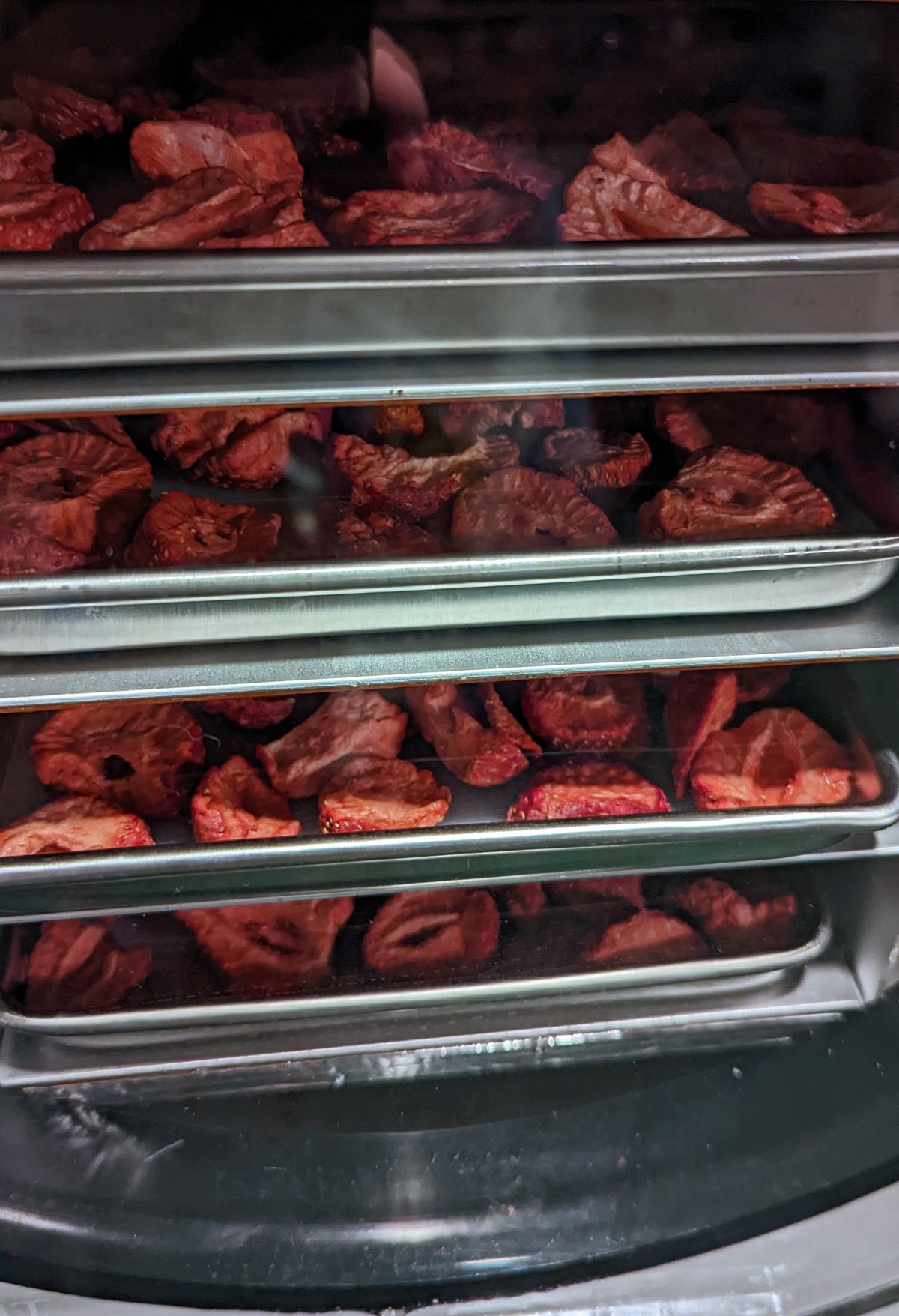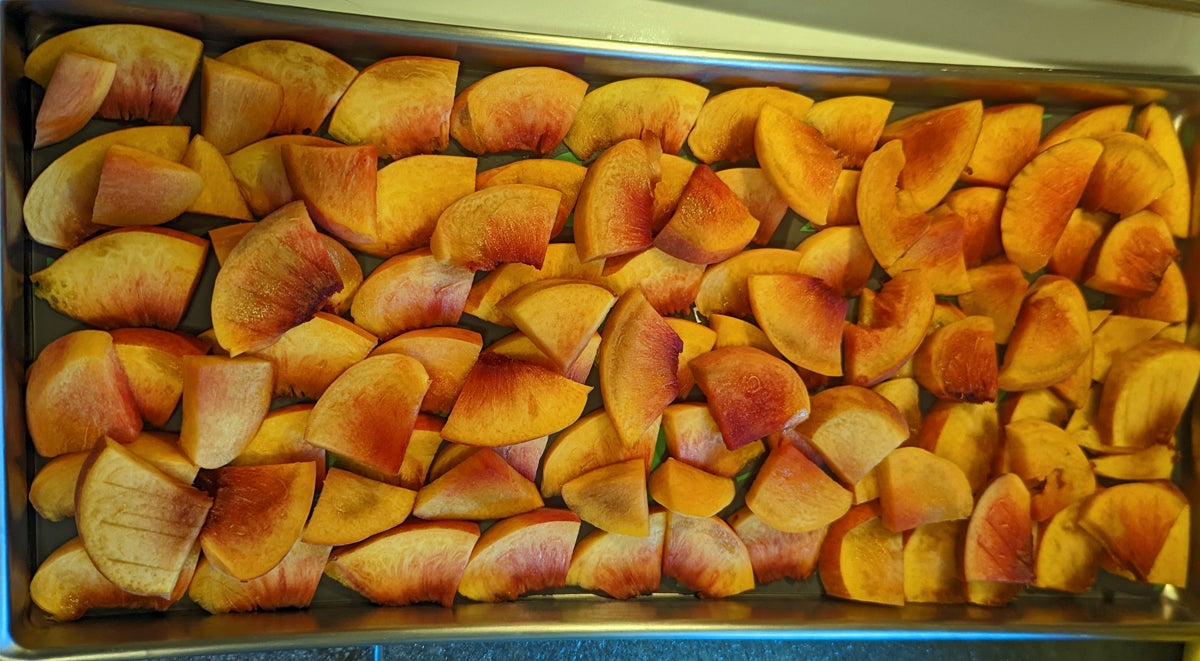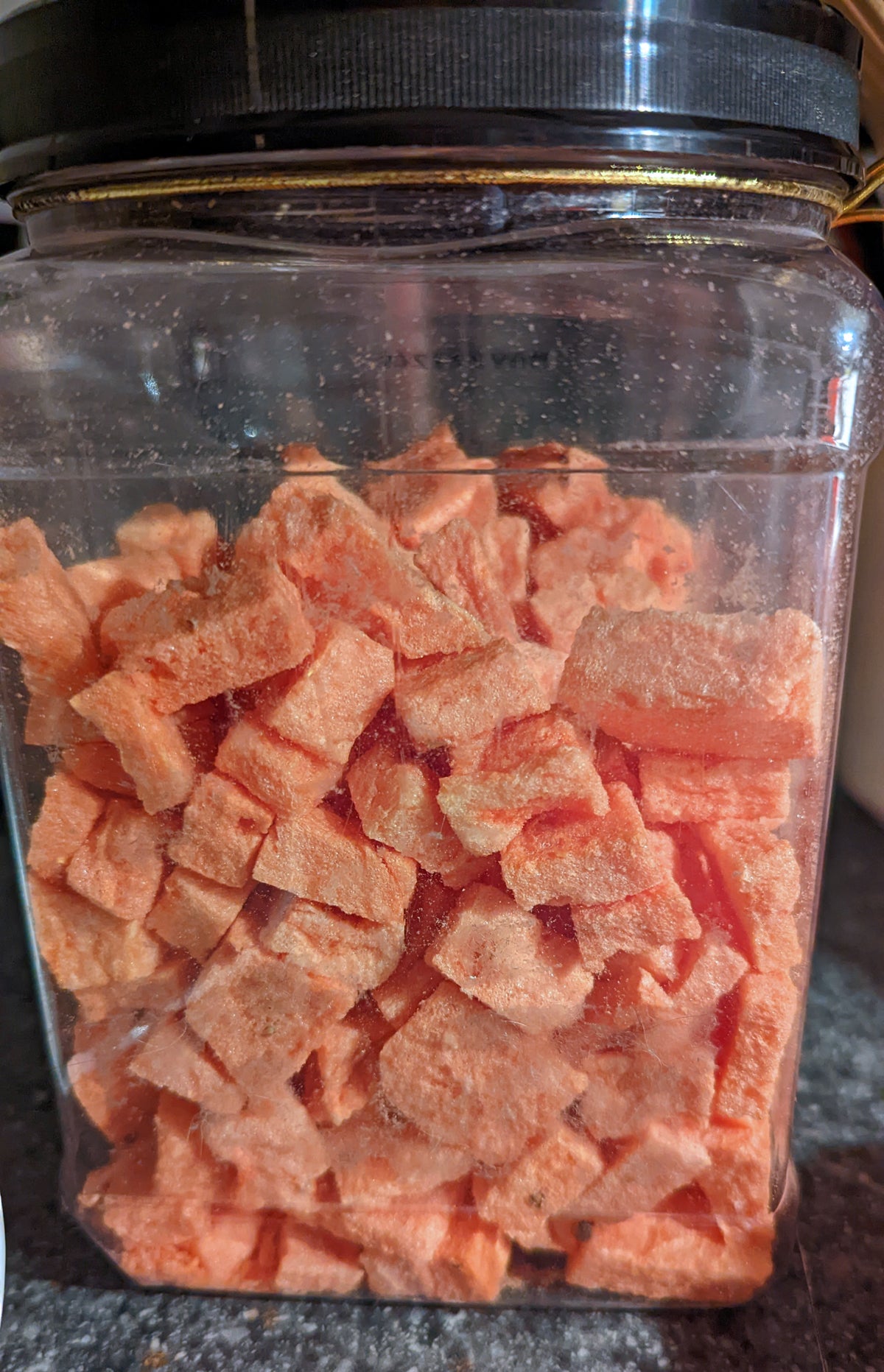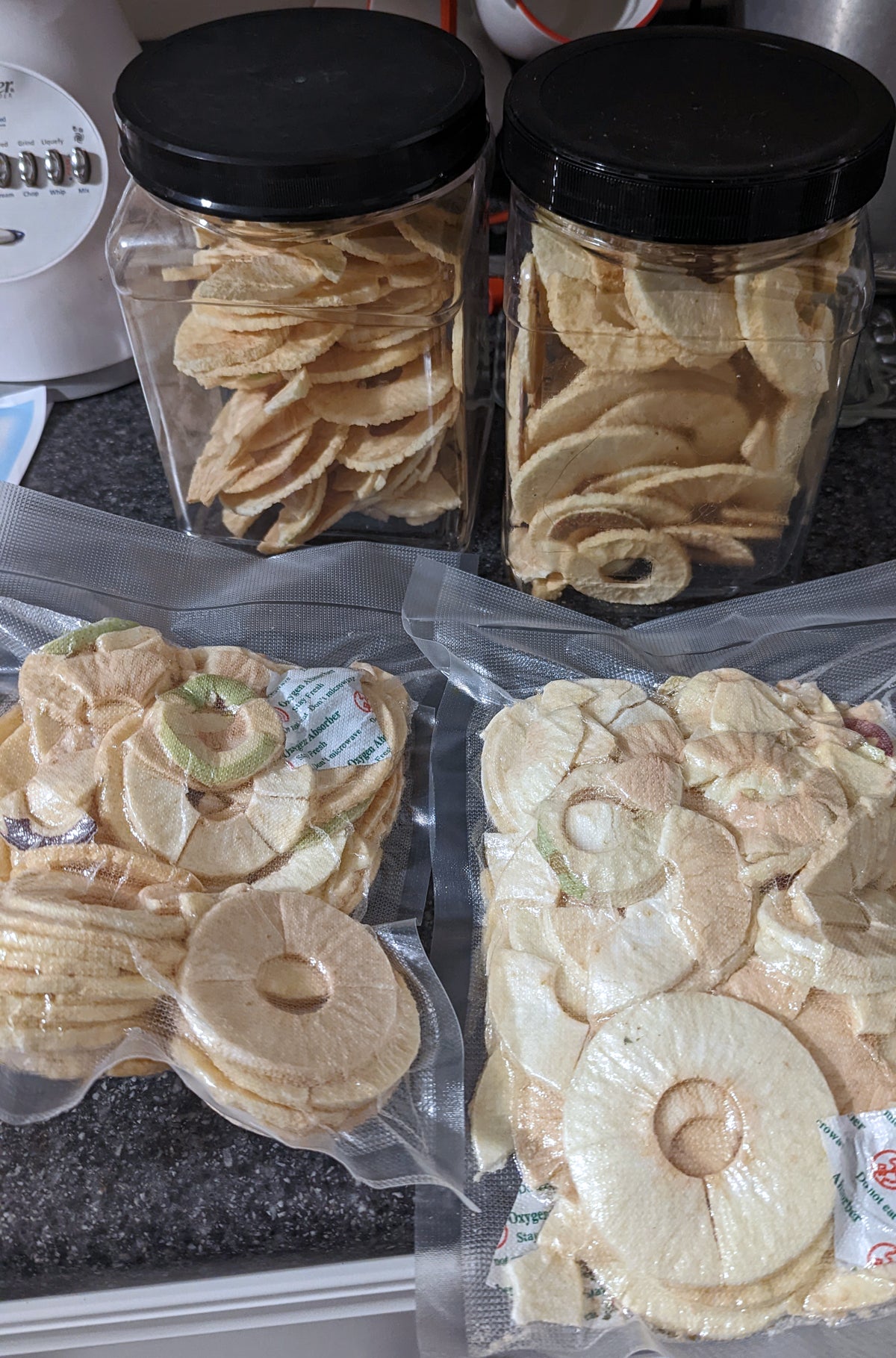The Path Less Traveled #067: Freeze Drying Basics – Fruit
Andrew D 11.07.22

When it comes to the basics of freeze drying, fruits have many characteristics that make them as complicated as meats or mixed-ingredient meals when processing. From enzymatic browning, unique characteristics. moisture adsorption and sugars changing the glass transition temperatures of fruits, many variables require a bit of extra preparation and attention.
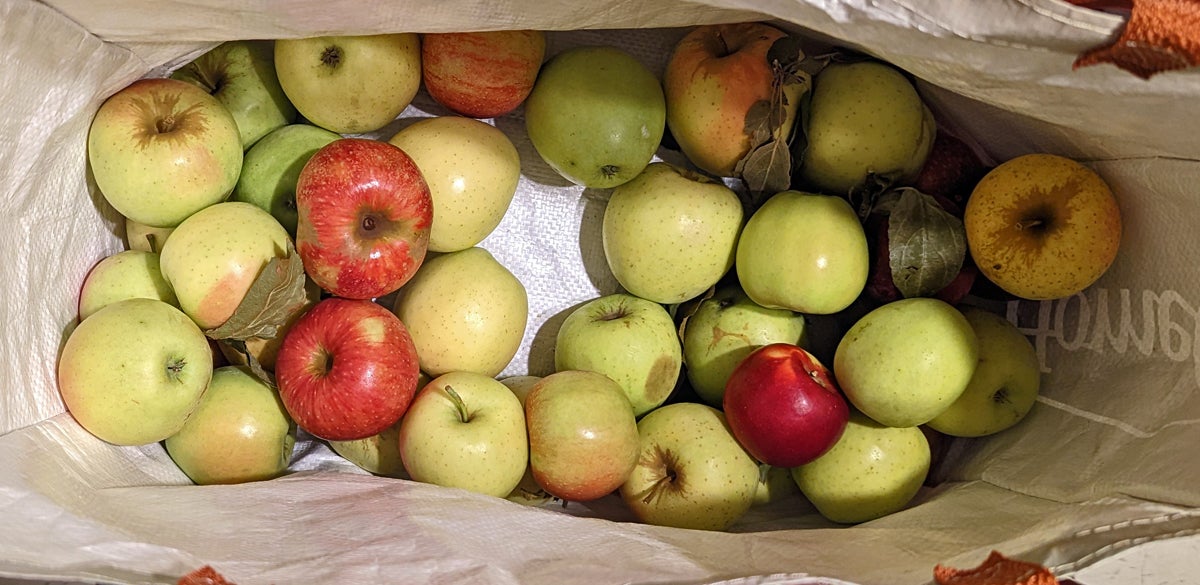
Like learning about Freeze Drying Catch up on these articles!
- The Path Less Traveled #065: Freeze Drying Basics – Vegetables
- The Path Less Traveled #062: I Bought a Freeze Dryer
- Stockpiling Freeze Dried Food
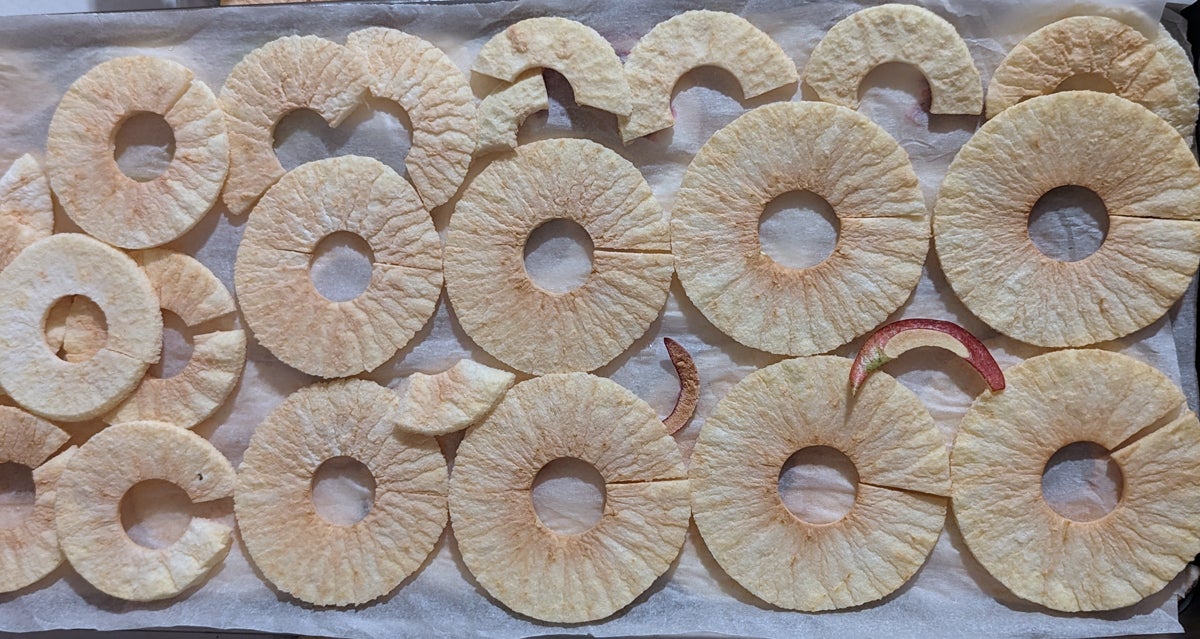
Give me some sugar!
So the biggest difference between fruit and vegetables when considering them as foodstuffs, not botanical objects is the higher level of sugar content. The wonderful gift of sweetness is something appreciated out on the trail, at the office, or even just on the couch while watching Abbott Elementary.
Unfortunately, sugar’s wonderful taste adds complications when freeze drying foods as bacteria can survive lyophilization. Sugar can change the rate and duration of freeze drying, as well as the need for immediate packing to prevent moisture adsorption.
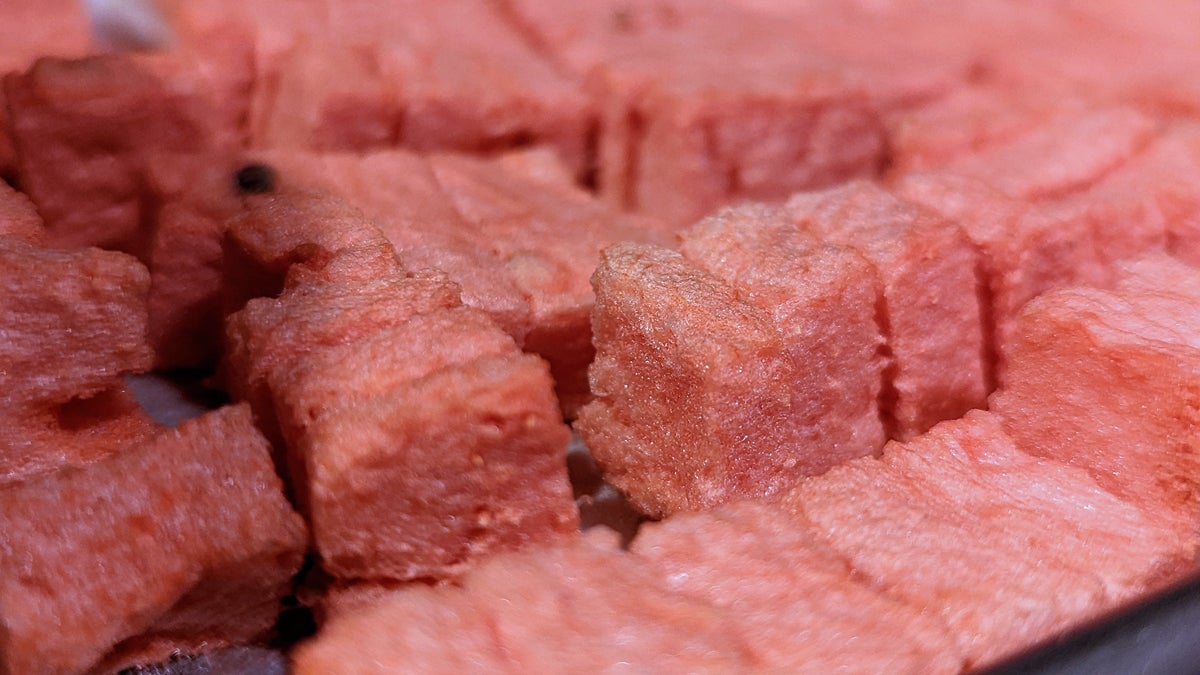
It’s a complicated process where I’ve spent hours learning Moisture sorption isotherm ratios, the different glass transition temperatures of various fruits to get the best flavor, as well as improve appearance of an end product. All of these topics have been researched to the point where there are scientific models and theorems for how most foods will or will not react.
It’s a real rabbit hole if you’re really interested in making sure your strawberries not only remain tasting great, but don’t appear deflated or squished once freeze dried. Heck, freezing methodology can even impact rehydration effectiveness.
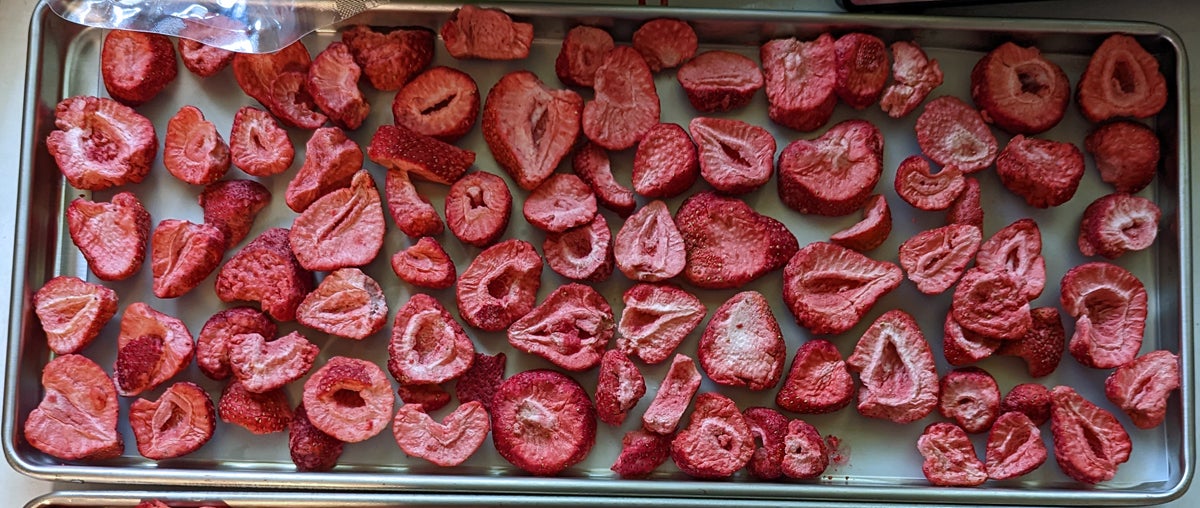
Moist, Moist, Moisture
So due to the properties of many plant cell walls being hydrophilic in addition to high sugar content foods being significantly more hygroscopic than say, green beans or corn, additional properties are needed to ensure the foods you just spent 25-40 hours freeze drying don’t end up soggy before they’re placed in packaging.
I’m sure large facilities have humidity controlled rooms where even if current topside temperatures were 91 degrees with an estimated high today of 105, they would keep rooms where food is processed maintained at 68 degrees with zero humidity at all times. This might be why there are several freeze drying companies in dry areas like Utah and New Mexico?
In your own home, running a dehumidifier in the room where you’ll be taking food out of the freeze dryer and vacuum sealing bags is necessary. My kitchen typically runs 55-62% humidity, but I can get it to 30% if I keep my dehumidifier running non-stop.
When putting foods in bags, either mylar or vacuum sealed bags, it is always safe practice to increase the oxygen absorber’s size by about 50% or more. Normally, for a tray of freeze dried apple slices weighing four to five ounces taking up a 6″ x 10″ x 2″ bag space before sucking air out, I will place two 200g absorbers in to reduce oxygen and moisture within the bag. This is doubled compared to the single 200g absorber I use with asparagus or green beans of the same volume.
Special Techniques – Browning
Some fruits require special processing before freeze drying due to their propensity for browning, or skins/peels becoming tough after drying. Foods high in phenols typically undergo oxidation once bruised or cut into pieces. We all have seen lettuce, apples, and other things turn brown, right? Luckily, there are ways to reduce the browning once a fruit (or some vegetables) have begun processing.
Using temperature can reduce the rate at which foods brown. Some foods work best when blanching or roasting, but many fruits do best when stored at low temps that will reduce reaction times of the browning enzymes. At a home based location, one cannot control the amount of oxygen through nitrogen purging chopped up fruit pieces, but we can deactivate the enzymes chemically.
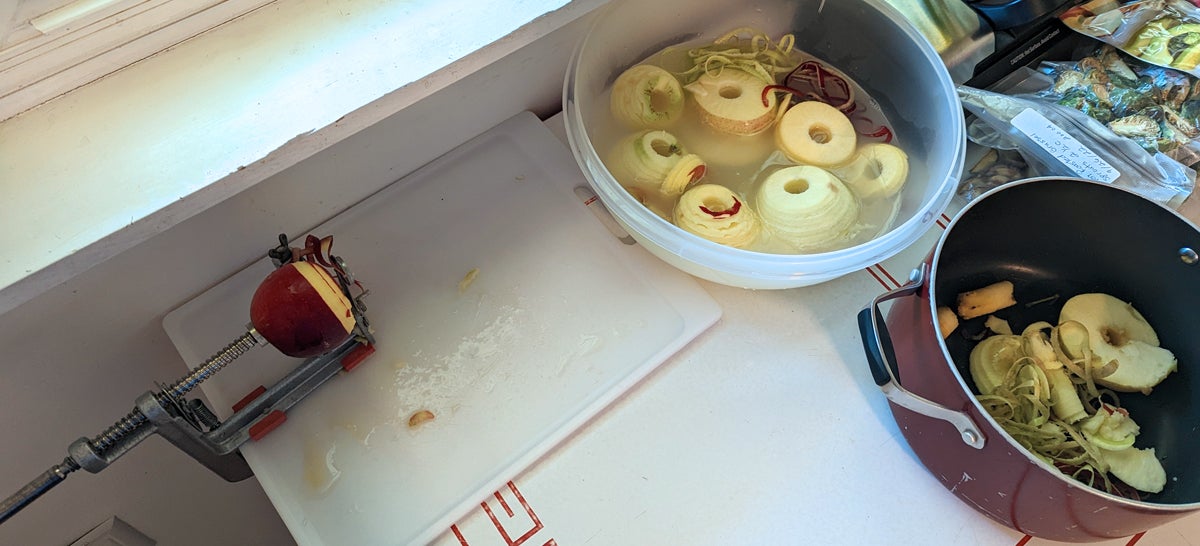
By chemically modifying the pH of the exposed food layers, easily accessible fruit juices like lemon or lime juice can target the chemical reactions. When buying dehydrated apricots at the store, sulfites are also used, but this compound seems to be culturally undesired as of late.
You know when making guacamole how it tells you to squeeze a lime in with the avocado slices before smashing it up? Not only is that for the wonderful tangy flavor it provides, but also to prevent the browning. The levels of acidity in pineapples can also be used to reduce browning in foods.
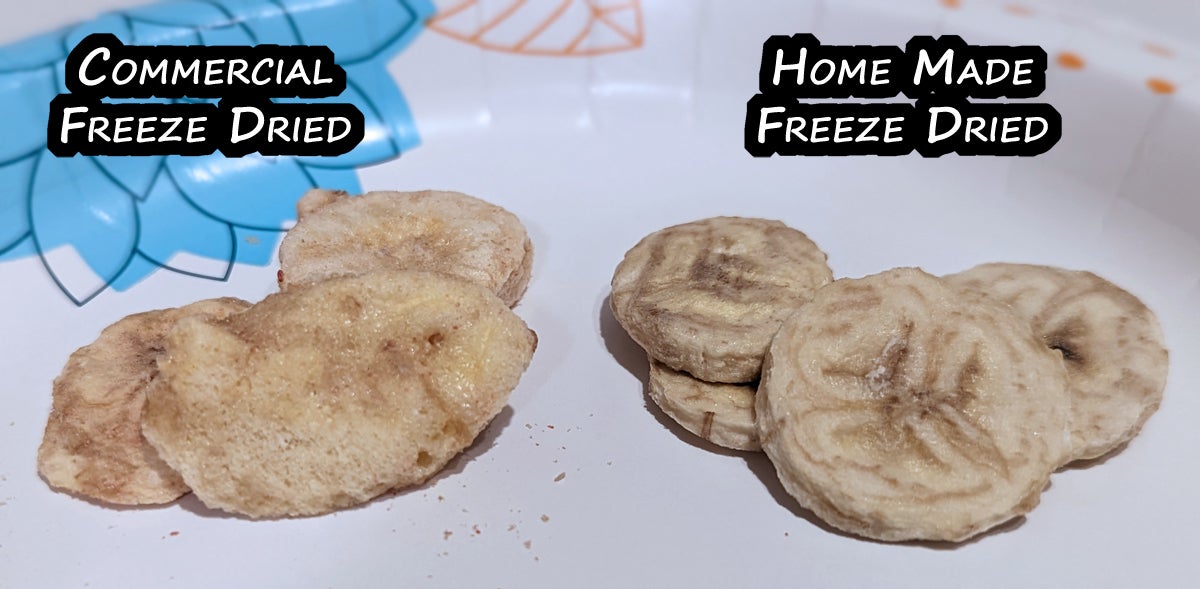
Physical Characteristics of Cell Walls
Many fruits in the berry category end up wrinkled and not the best looking when dried naturally; think grapes. Scientists have been using sodium hydroxide on blueberries, blackberries, and others to weaken the cell walls of the skin of the berry to improve drying times as well as ensuring a pleasant mouth-feel of the fruit when eaten in dry form or reconstituted. I read in a research article from NASA that they placed various fruits in a 0.25% diluted batch of sodium hydroxide (lye) and water for 30 seconds to ensure berries were well freeze dried for Gemini astronauts.
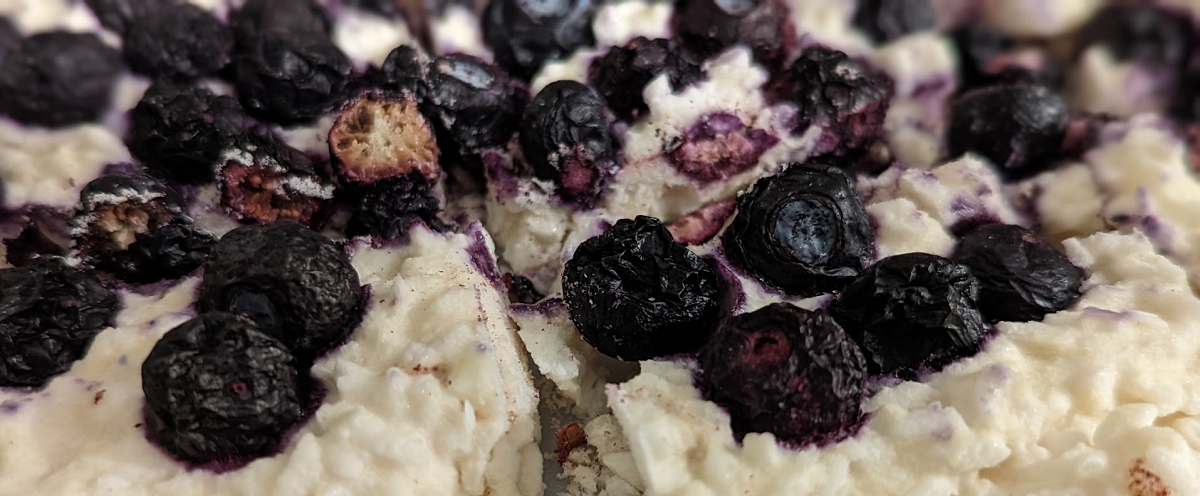
Modern techniques have even included using a CO2 laser to create microscopic etchings of the fruit’s skin to ensure water is released at a reliable rate.
Since I don’t want to bring out a small batch of lye, nor do I have access to a CO2 laser that can micro-perforate fruit skins, I purchased a self-cleaning flea brush for pets. The wire tines on the bottom poke enough holes in fruit that it serves the same purpose as the expensive fruit-specific tool sold elsewhere. Alton Brown would go into a uni-tasking tirade if I threw down money for this thing:

Overcoming Science At Home
Due to my Harvest Right machine not having a supreme level of options for tweaking anything but duration and temperature for freezing and drying, I am limited in my options to maximize water desorption in fruit in the machine. I have been able to overcome most complications that fruit cell walls and sugar pose by making sure the pieces of fruit I cut are THIN.
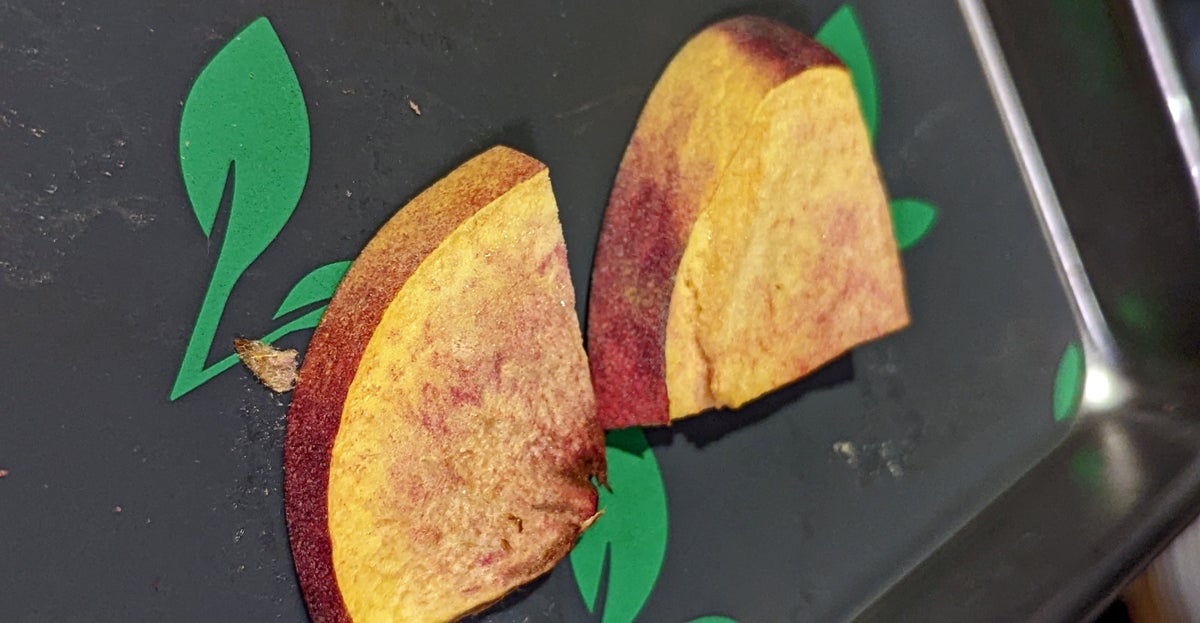
Most if not all of the things I have cut up and stuck in the freeze dryer have been under 8.5mm (1/3 in.) in thickness. By limiting the size of the food, I am maximizing exposed surface area and ensuring more water can be removed from the fruits.
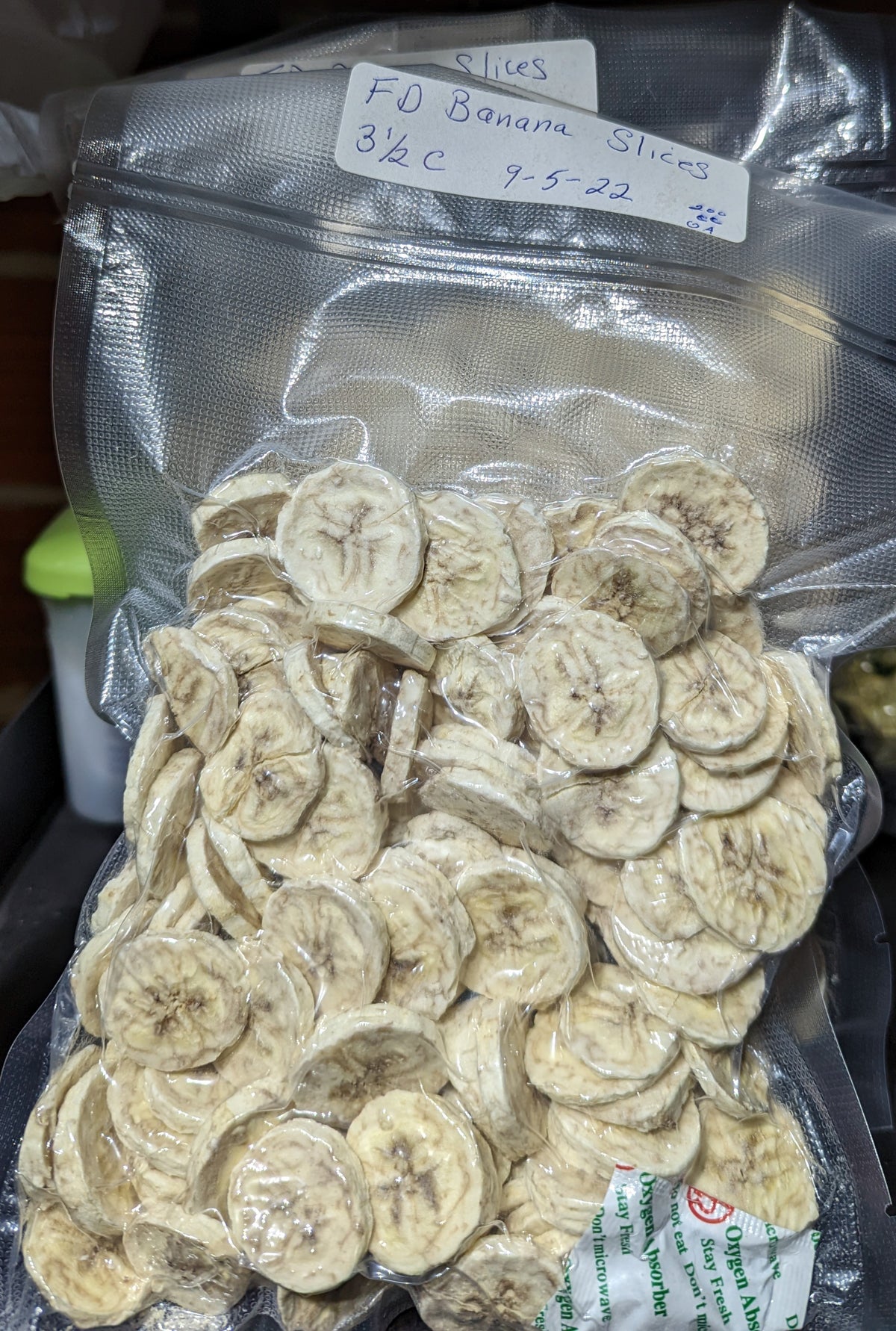
Since even scientists don’t always want to have to reinvent the wheel, I have found that to ensure efficiency and success for most foods in the freeze dryer, it is better to cut the pieces as small as you can reasonably make them without being ridiculous. While slicing an entire watermelon into dice-sized pieces was tedious, the efforts resulted in 2630g (5.8 lb) of watermelon successfully freeze drying in 34 hours (starting at room temperature).
In Summary
While some foods may require less concentration or precision before putting into the machine, I truly believe any and all precautions to ensure a great product are worth their time when it comes to freeze drying fruit.
Be sure to:
- Maximize your time cutting up foods to prevent browning.
- Use citrus juices to prevent browning.
- Ensure all utensils, trays and other points of contact are sterile
- Reduce exposure time once removed from freeze dryer
- Use more moisture/oxygen absorbers than volumetrically expected.
- If possible, reduce the humidity of processing location as best as possible.
Come join AllOutdoor’s Discord server and chat about Archery, Firearms, Fishing, etc. with others! Sneak peaks, early notifications, and perks await.
We have a Tiktok account, too!
